Home>Garden Essentials>What Are GMO Seeds
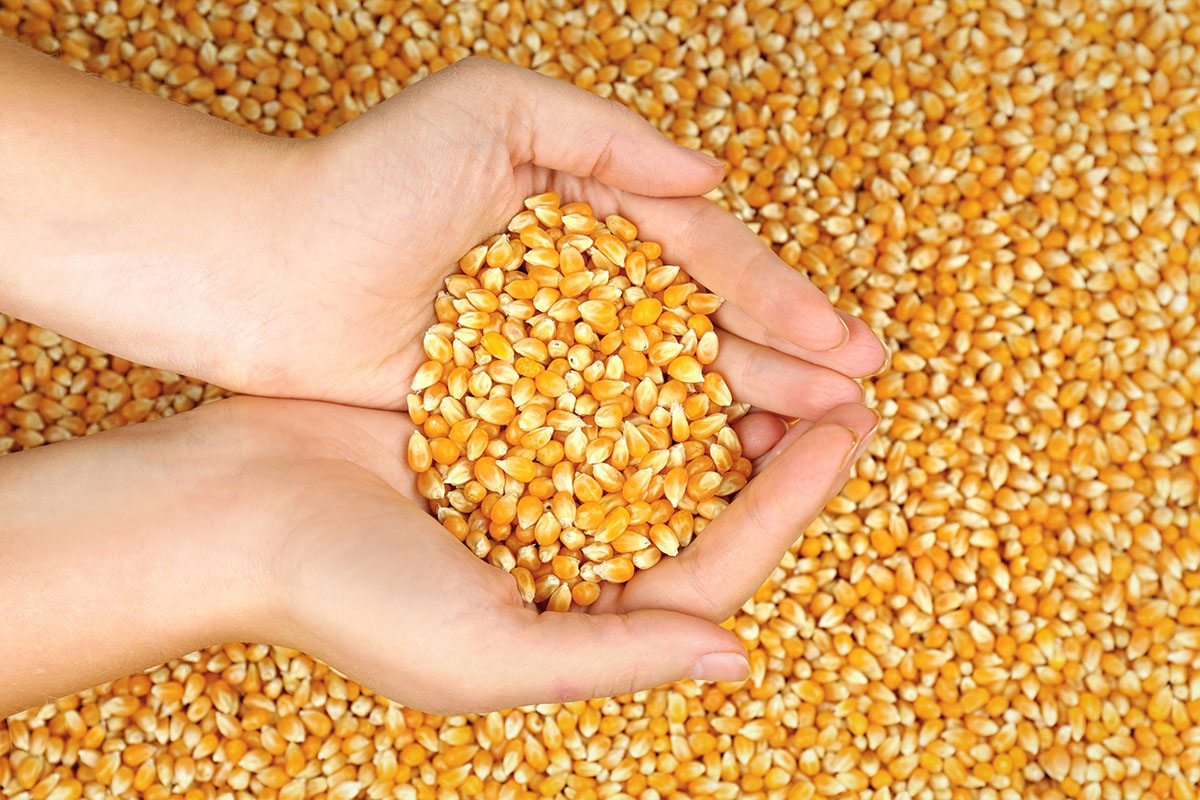

Garden Essentials
What Are GMO Seeds
Modified: March 15, 2024
Learn all about GMO seeds for your garden and how they can impact your plants and produce. Discover the pros and cons of using these genetically modified seeds.
(Many of the links in this article redirect to a specific reviewed product. Your purchase of these products through affiliate links helps to generate commission for Storables.com, at no extra cost. Learn more)
Introduction
Gardening is a time-honored tradition that brings joy, relaxation, and a sense of accomplishment to millions of people around the world. Whether you have a small balcony garden or acres of land, tending to plants and watching them thrive is a rewarding experience. In recent years, there has been significant interest and debate surrounding genetically modified organisms (GMOs) and their impact on gardening and agriculture.
Genetically modified (GM) seeds, also known as GMO seeds, are a product of scientific advancements in plant breeding and genetic engineering. These seeds are designed to possess specific traits, such as resistance to pests, diseases, or environmental conditions, that can enhance crop productivity and reduce the need for chemical pesticides.
The use of GMO seeds in gardening and agriculture has garnered both praise and criticism. Proponents argue that GMO seeds offer various benefits, including increased crop yields, improved food quality, and enhanced nutritional content. Critics, on the other hand, express concerns about potential health risks, environmental consequences, and the long-term impacts of genetic modification.
This article aims to explore the world of GMO seeds, shedding light on what they are, how they are created, and their common uses. We will delve into the benefits and controversies surrounding GMO seeds, analyze their environmental impact, and discuss consumer concerns and global regulations.
Whether you are an avid gardener looking to understand the science behind GMO seeds or a curious individual seeking clarity on the ongoing GMO debate, let’s embark on this journey together to uncover the fascinating world of GMO seeds in the context of gardening and agriculture.
Key Takeaways:
- GMO seeds are created through genetic engineering to improve crops, but they spark debates due to potential health risks and environmental impact. Transparency and regulation are crucial for their responsible use.
- GMO seeds offer benefits like increased crop yields and reduced chemical use, but consumer concerns drive the demand for clear labeling. Understanding their impact and regulation is essential for informed decisions.
Read more: What Chemical Is In GMO Seeds
What Is a GMO Seed?
A GMO seed is a seed that has been genetically modified through a process known as genetic engineering. This process involves altering the genetic makeup of the seed’s DNA by introducing genes from other organisms, such as bacteria, viruses, or even different plant species.
The purpose of genetically modifying seeds is to enhance specific traits in the resulting plants. These traits can include resistance to pests, diseases, or environmental conditions, such as drought or extreme temperatures. Genetic modification can also be used to improve the nutritional content of crops or extend their shelf life.
One important distinction to make is that genetic modification is different from traditional plant breeding methods, where plants with desirable traits are crossed naturally or selectively bred over time. Genetic engineering allows for the direct transfer of genes between unrelated organisms, bypassing the limitations of traditional breeding and accelerating the development of desired traits.
It’s important to note that GMO seeds are not limited to food crops. They are also used in the production of ornamental plants, such as flowers and shrubs, as well as in the cultivation of biofuel crops and pharmaceutical crops.
GMO seeds have become more prevalent in the agricultural industry due to their potential benefits, such as increased crop yields, reduced use of chemical pesticides, and improved tolerance to harsh climates. However, the use of GMO seeds has also generated significant controversy and concerns among consumers, environmentalists, and public health advocates.
As we delve deeper into the world of GMO seeds, it is crucial to understand the history of their development and the process by which they are created. This knowledge will help us grasp the broader implications and considerations surrounding GMO seed usage in gardening and agriculture.
The History of GMO Seeds
The concept of genetically modifying organisms dates back several decades, but the development and widespread use of GMO seeds began in the 1990s. The first genetically engineered crop to receive commercial approval was the Flavr Savr tomato, which was modified to have a longer shelf life.
However, the history of genetic modification actually extends back much further. In the 1970s, scientists made significant breakthroughs in the field of genetic engineering, which laid the foundation for the later development of GMO seeds. The discovery of DNA restriction enzymes and the invention of recombinant DNA technology allowed for the manipulation and transfer of genes between organisms.
By the 1980s, advances in genetic engineering techniques allowed scientists to produce the first genetically modified plants. These early experiments focused primarily on genetically modifying crop plants to exhibit traits such as resistance to pests or herbicides. The goal was to improve crop productivity and reduce reliance on chemical inputs for agriculture.
In the 1990s, genetically modified crops started to be commercially cultivated and introduced to the market. One of the most significant developments during this time was the introduction of genetically modified soybeans and corn, which quickly gained popularity among farmers due to their tolerance to herbicides and resistance to pests.
Since then, the adoption of GMO seeds in agriculture has steadily increased. Today, genetically modified crops are grown on millions of hectares of land worldwide, with the most commonly modified crops being soybeans, corn, cotton, canola, and sugar beets.
It is essential to acknowledge that the development and use of GMO seeds have not been without controversy. Concerns over the safety, ethics, and environmental consequences of genetic modification have sparked debates among scientists, policymakers, and the general public.
As the technology and understanding of genetic engineering continue to advance, the evolution of GMO seeds remains an ongoing subject of research and regulation. It is vital to examine the process by which GMO seeds are created and understand the mechanisms that drive their widespread use in modern agriculture.
How Are GMO Seeds Created?
The creation of GMO seeds involves a complex process known as genetic engineering. This process combines the knowledge of molecular biology, genetics, and biotechnology to alter the genetic composition of organisms, including plants.
The first step in creating GMO seeds is to identify the desired trait or traits that the plant is lacking or needs improvement on. This trait could be resistance to pests, diseases, or environmental conditions, or the enhancement of nutritional content.
Once the desired trait is determined, scientists search for a source of the specific gene responsible for that trait. This gene can be found in various organisms, including bacteria, other plants, or even animals.
After isolating the desired gene, scientists use techniques like gene cloning to replicate the gene and prepare it for insertion into the target plant’s genetic material.
The next step is to insert the gene into the plant’s genome. There are several methods for gene insertion, but one common technique is the use of a bacteria called Agrobacterium tumefaciens, which naturally transfers genetic material into plant cells.
In this technique, the gene of interest is placed into the DNA of Agrobacterium. The modified bacterium is then introduced to the plant, and it transfers the desired gene into the plant’s cells. Once inside the plant cells, the gene integrates into the plant’s DNA and becomes a part of its genetic makeup.
Alternatively, other methods such as gene gun technology or the use of viruses can be employed to insert the desired gene into the plant’s cells.
Once the gene is successfully integrated into the plant’s genome, scientists need to confirm its presence and expression. This is done through various molecular biology techniques, such as DNA analysis and gene expression profiling.
After confirming the successful incorporation of the desired gene, the plant is then subjected to a series of tests to ensure that it exhibits the desired trait and that no unintended effects have occurred.
Once the plant has passed all safety and quality assessments, it can be used to produce the next generation of GMO seeds. These seeds can then be propagated and distributed to farmers for cultivation.
It’s important to note that the processes involved in creating GMO seeds are highly regulated to ensure safety, both for the environment and for human consumption. Many countries have established regulatory bodies and guidelines for the assessment and approval of GMO seeds before they can be commercialized.
Understanding the process by which GMO seeds are created provides insight into the complexity and precision involved in genetic engineering. As we explore the uses and implications of GMO seeds, it’s crucial to consider the benefits and concerns associated with their production and adoption in modern agriculture.
Common Uses of GMO Seeds
GMO seeds have been introduced in various crops and have found numerous applications in agriculture. These genetically modified crops offer a range of benefits and are cultivated for different purposes.
1. Increased Crop Yield: One of the primary goals of genetically modifying crops is to enhance their productivity. GMO seeds have been engineered to be resistant to pests, diseases, and environmental factors, allowing farmers to achieve higher yields and minimize crop losses. This increased yield can help meet the growing global demand for food while reducing the pressure to convert natural habitats into farmland.
2. Pest and Herbicide Resistance: Many GMO crops have been modified to be resistant to specific pests or herbicides. For example, genetically engineered corn, cotton, and soybeans have been developed to produce toxins that are harmful to specific pests, protecting the crops without the need for excessive pesticide applications. Similarly, herbicide-resistant crops allow farmers to apply herbicides selectively, targeting weeds while sparing the cultivated plants.
3. Improved Nutritional Content: Genetic engineering provides the opportunity to enhance the nutritional profile of crops. Biofortified crops, such as golden rice, have been genetically modified to increase the content of essential vitamins and minerals, aiming to address nutritional deficiencies in vulnerable populations.
4. Extended Shelf Life: GMO seeds have also been used to develop crops with improved post-harvest qualities. For example, genetically modified tomatoes were created with a delayed ripening trait, allowing for longer transportation and storage without compromising flavor and quality. This can help reduce food waste and increase the availability of fresh produce in markets.
5. Disease Resistance: Genetic modification has been employed to enhance the resistance of crops to various diseases. For instance, papaya crops have been genetically modified to resist the devastating ringspot virus, effectively saving the industry from significant losses.
6. Environmental Impact: Some genetically modified crops are designed to reduce the environmental impact of agriculture. Bt cotton, for example, produces a toxic protein derived from the Bacillus thuringiensis bacterium, which selectively targets certain insect pests. This reduces the need for chemical insecticides and promotes more sustainable pest management practices.
7. Pharmaceutical Production: Genetic engineering has enabled the cultivation of plants for the production of pharmaceuticals. This technology, known as molecular pharming, allows for the production of vaccines, antibodies, and other therapeutic proteins in crops like corn, tobacco, or alfalfa. This could potentially revolutionize the pharmaceutical industry and increase access to life-saving medications.
These are just a few examples of the common uses of GMO seeds. However, it’s important to note that the adoption and cultivation of genetically modified crops vary globally and are subject to regulations and consumer preferences in different regions.
As we explore the benefits and controversies surrounding GMO seeds, understanding their various applications in different agricultural sectors enables us to have a more comprehensive perspective on their role in modern farming practices.
When learning about GMO seeds, it’s important to understand that they are genetically modified to have certain traits, like resistance to pests or herbicides. This can have both benefits and drawbacks, so it’s important to research and understand the potential impacts.
Read more: What Is Wrong With GMO Seeds
Benefits and Controversies Surrounding GMO Seeds
GMO seeds have sparked significant debates and divided opinions among scientists, policymakers, and consumers. Understanding the benefits and controversies surrounding these genetically modified organisms is crucial when discussing their role in modern agriculture.
Benefits:
1. Increased Crop Yields: One of the primary benefits of GMO seeds is their ability to increase crop yields. By incorporating traits such as pest resistance or herbicide tolerance, these seeds can help farmers combat crop damage and increase productivity, thereby contributing to global food security.
2. Reduced Chemical Use: GMO seeds engineered to be resistant to pests or tolerant to herbicides can minimize the need for chemical pesticide applications. This reduction in chemical use not only benefits the environment but can also reduce health risks to farmers and consumers.
3. Enhanced Nutritional Content: Genetic engineering allows for the improvement of nutritional content in crops. Biofortified GMO crops, like golden rice, can be enriched with essential vitamins and minerals, addressing nutrient deficiencies in populations that rely heavily on these staple crops.
4. Improved Crop Quality: GMO seeds can enhance the quality and marketability of crops. For example, genetic modification can extend the shelf life of fruits and vegetables, reducing food waste and improving freshness for consumers.
5. Environmental Sustainability: Some GMO seeds are designed to be more environmentally sustainable. Crops engineered to be drought-resistant or resistant to specific pests can reduce water usage and limit the need for chemical interventions, promoting more sustainable farming practices.
Controversies:
1. Safety Concerns: One of the main controversies surrounding GMO seeds is the potential health risks associated with their consumption. Critics argue that genetically modified crops may have unforeseen long-term effects on human health, urging for more comprehensive studies and transparent labeling to enable consumer choice.
2. Environmental Impact: While GMO seeds can offer benefits like reduced chemical use, concerns persist regarding their environmental impact. Some worry about potential harm to beneficial insects and non-target organisms, as well as the potential for gene flow between GM crops and wild relatives, leading to unintended consequences for biodiversity.
3. Socio-Economic Implications: Critics argue that the adoption of GMO seeds may favor large-scale industrial agriculture, creating a concentration of power and limiting opportunities for small-scale farmers. This can have social and economic implications by reducing the diversity of farming practices and undermining local food production systems.
4. Ethics and Intellectual Property: The patenting of GMO seeds by biotechnology companies has raised ethical concerns. Critics argue that such practices can limit farmers’ rights to save and reuse seeds, perpetuating a cycle of dependence on seed companies and hindering traditional farming practices.
5. Lack of Transparent Labeling: Many consumers argue for clear labeling of GMO products to provide them with the ability to make informed choices about the food they purchase and consume. Transparency in labeling allows individuals to opt for non-GMO options, if desired.
It is important to engage in informed discussions and consider multiple perspectives when evaluating the benefits and controversies surrounding GMO seeds. Balancing the potential advantages with the concerns and risks is crucial in forming policies and making decisions that prioritize both human welfare and the preservation of the environment.
Environmental Impact of GMO Seeds
GMO seeds have the potential to significantly impact the environment, both positively and negatively. It is important to evaluate their effects on ecosystems, biodiversity, and natural resources to understand their overall environmental impact.
Positive Environmental Impacts:
1. Reduced Chemical Use: GMO seeds can be engineered to be resistant to pests and diseases, reducing the need for chemical pesticides. This can contribute to a reduction in the use of harmful insecticides and herbicides, minimizing the negative impacts on beneficial organisms, such as pollinators and natural predators, fostering healthier ecosystems.
2. Conservation of Land and Water: Increased crop yields resulting from GMO seeds can help alleviate the pressure to convert more land into farmland. By producing more food on existing farmland, less natural habitats, such as forests or wetlands, need to be cleared for agricultural purposes. Additionally, some GMO crops have been engineered to be more drought-tolerant, reducing water consumption in regions where water resources are scarce.
3. Enhanced Soil Health: GMO seeds engineered for herbicide tolerance can promote more sustainable farming practices. By allowing farmers to use specific herbicides for targeted weed control, they can minimize soil disturbance and conserve soil health, preventing erosion.
Negative Environmental Impacts:
1. Potential for Gene Flow: GMO crops have the potential to crossbreed with related wild or non-GMO crops, leading to gene flow between different plant populations. This can result in the spread of genetically modified genes into wild ecosystems, raising concerns about unintended effects on biodiversity and the potential disruption of natural ecosystems.
2. Impact on Non-Target Organisms: The use of GMO crops expressing insecticidal proteins, such as Bt crops, can impact non-target organisms, including beneficial insects like bees and butterflies. Therefore, it is essential to carefully assess the potential risks to non-target organisms during the development and use of GMO seeds.
3. Development of Pesticide Resistance: The continuous use of GMO crops engineered for resistance to pests may lead to the emergence of pests that are resistant to the incorporated traits. This can result in the need for increased pesticide usage or the development of new methods to manage the resistant pests, which could have additional environmental impacts.
4. Monoculture and Loss of Biodiversity: The widespread cultivation of GMO crops can lead to a reduction in crop diversity, as farmers may opt for commercially successful genetically modified varieties. This can result in a loss of genetic diversity, increasing the vulnerability of crops to diseases, pests, and changing environmental conditions. Additionally, the adoption of GMO seeds may lead to a decline in traditional crop varieties, potentially impacting cultural heritage and traditional farming practices.
5. Long-Term Effects: The long-term environmental effects of GMO seeds are still being studied. It is essential to continue monitoring and evaluating the potential ecological impacts as these crops become more prevalent and new varieties are developed.
It is crucial to strike a balance between harnessing the potential benefits of GMO seeds while minimizing their negative environmental impacts. Responsible management practices, sustainable farming methods, and ongoing research are essential to mitigate any adverse effects on ecosystems and biodiversity.
Consumer Concerns and Labeling of GMO Seeds
Consumer concerns regarding GMO seeds stem from various factors, including potential health risks, environmental impact, and the ethical implications of genetic modification. As a result, there has been a growing demand for GMO labeling to provide consumers with transparency and the ability to make informed choices about the products they purchase and consume.
Health and Safety Concerns:
Many consumers have reservations about the potential health risks associated with GMO seeds. While numerous scientific studies have concluded that GMO crops currently on the market are safe for consumption, some individuals remain concerned about potential long-term effects. They advocate for comprehensive, independent, and transparent research to address any uncertainties and ensure the ongoing safety assessment of GMO seeds.
Environmental Impact:
Concerns about the environmental impact of GMO seeds have also driven consumer apprehension. The potential for gene flow, the impact on non-target organisms, and the reduction of biodiversity are among the key environmental concerns raised. Consumers who prioritize environmental sustainability may be hesitant to support the cultivation and consumption of GMO crops due to these potential ecological risks.
Ethical Considerations:
Another consumer concern revolves around the ethics surrounding GMO seeds. Critics argue that the patenting of GMO seeds and the legal restrictions placed on farmers saving and reusing seeds may perpetuate a cycle of dependency on seed companies. This can raise ethical questions regarding the control and ownership of food production and the potential monopolization of the agricultural industry.
GMO Labeling:
Given consumer concerns and the desire for transparency, many countries have implemented regulations regarding GMO labeling. These regulations aim to provide consumers with information about whether a product contains GMO ingredients. This allows individuals to make choices based on their personal preferences, ethics, or concerns regarding genetically modified organisms.
Proponents of GMO labeling argue that it is a fundamental right for consumers to have access to information about the products they purchase and consume. Labeling provides individuals with the choice to support or avoid GMOs based on their values and beliefs.
Opponents of mandatory GMO labeling express concerns about the potential burden on farmers and industry, increased costs for consumers, and the potential for stigmatization of GMO products. They argue that labeling is unnecessary when scientific consensus has concluded that GMOs currently on the market are safe for consumption.
It is important to note that GMO labeling regulations vary across countries, with some requiring explicit labeling, some permitting voluntary labeling, and others having no labeling requirements at all. The debate surrounding GMO labeling remains ongoing, reflecting the intersection of scientific, economic, and societal considerations.
Ultimately, the labeling of GMO seeds and products serves to empower consumers, allowing them to make informed choices aligned with their personal values and concerns. Continued dialogue and transparency about GMOs can help address consumer concerns, foster trust, and shape the future of genetically modified crops.
Global Regulation of GMO Seeds
The cultivation, trade, and labeling of GMO seeds are subject to varying regulations and policies around the world. These regulations aim to address concerns regarding the safety, environmental impact, and consumer transparency associated with genetically modified organisms. Here, we explore the global landscape of GMO seed regulation.
United States:
In the United States, the regulation of GMO seeds falls under the umbrella of three federal agencies: the Food and Drug Administration (FDA), the Environmental Protection Agency (EPA), and the Department of Agriculture (USDA). The agencies work together to assess the safety and environmental impact of GMO seeds before granting regulatory approvals.
European Union:
The European Union (EU) has a regulatory framework for GMO seeds and products that is one of the most stringent in the world. GMO crops and seeds must undergo a comprehensive scientific risk assessment, including food and environmental safety evaluations. The EU also requires clear and explicit labeling of GMO-derived food and feed products.
China:
China has established a regulatory system for GMO seeds, focusing on the safety assessment of genetically modified crops. The Ministry of Agriculture is responsible for evaluating the environmental risks and food safety implications of GMO seeds before granting approval for their commercial cultivation or importation.
Canada:
In Canada, the regulation of GMO seeds is overseen by several federal agencies, including Health Canada and the Canadian Food Inspection Agency. Safety assessments are conducted to evaluate the risks to human health and the environment before authorizing the commercial use of GMO seeds.
Brazil:
Brazil has established a legal framework for the evaluation and approval of GMO seeds. The National Technical Biosecurity Commission is responsible for conducting risk assessments and granting authorizations for the commercial sale and use of genetically modified plants. Labeling of GMO products is mandatory in Brazil.
International Organizations:
Various international organizations also play a role in the regulation of GMO seeds. The Codex Alimentarius Commission, jointly run by the World Health Organization (WHO) and the Food and Agriculture Organization (FAO), develops international standards for GMOs to ensure food safety and promote fair trade practices. The Cartagena Protocol on Biosafety, under the United Nations’ Convention on Biological Diversity, provides a framework for the safe transfer, handling, and use of GMOs across borders.
It is important to note that while some countries have rigorous regulations in place, others may have less comprehensive or no specific regulations for GMO seeds. Diverging regulatory approaches can create challenges for international trade and harmonization of standards.
Public opinion, scientific advancements, and new legislative developments continue to shape the global landscape of GMO seed regulation. Collaboration between countries and international organizations is essential to ensure the safety, sustainability, and transparency of GMO seeds for the benefit of society, the environment, and future generations.
Read more: Who Produced GMO Seeds
Conclusion
GMO seeds have revolutionized modern agriculture, offering the potential to enhance crop productivity, reduce chemical use, and address pressing global challenges such as food security and nutritional deficiencies. However, they also remain a topic of intense debate and controversy.
Throughout this exploration of GMO seeds, we have uncovered their definition, history, creation process, common uses, benefits, and controversies. We have also examined their environmental impact, consumer concerns, and the global regulation surrounding their cultivation and trade.
GMO seeds have demonstrated the capacity to increase crop yields, reduce chemical pesticide use, and improve the nutritional content of crops. They have the potential to contribute to sustainable agricultural practices and help address global food challenges. However, consumer concerns surrounding the safety of GMOs, potential environmental risks, and ethical considerations have fueled ongoing discussions about their acceptance and regulation.
Transparency and consumer choice are key considerations in the debate surrounding GMO seeds. The issues raised by consumers regarding health and safety, environmental impact, and ethical concerns have led to the demand for clear labeling of GMO products, allowing individuals to make informed decisions based on personal values and beliefs.
The regulation of GMO seeds varies across countries, with differing approaches to safety assessments, environmental risk evaluations, and labeling requirements. While some countries have implemented strict regulations, others have more lenient or no specific regulations in place. This diversity of regulatory approaches reflects the complex nature of GMO seeds and the ongoing dialogue between science, society, and policymaking.
Continued research, scientific advancements, and transparent communication are essential to address the concerns surrounding GMO seeds and ensure their responsible development and adoption. Striking a balance between the potential benefits of genetically modified crops and the preservation of environmental and human health is crucial for creating a sustainable and resilient agricultural future.
As we move forward, it is important to foster open dialogue, engage in evidence-based discussions, and consider the perspectives and values of different stakeholders. By doing so, we can navigate the complexities surrounding GMO seeds, seize the potential benefits they offer for improved global food production, and safeguard the health of our planet and its inhabitants.
Frequently Asked Questions about What Are GMO Seeds
Was this page helpful?
At Storables.com, we guarantee accurate and reliable information. Our content, validated by Expert Board Contributors, is crafted following stringent Editorial Policies. We're committed to providing you with well-researched, expert-backed insights for all your informational needs.

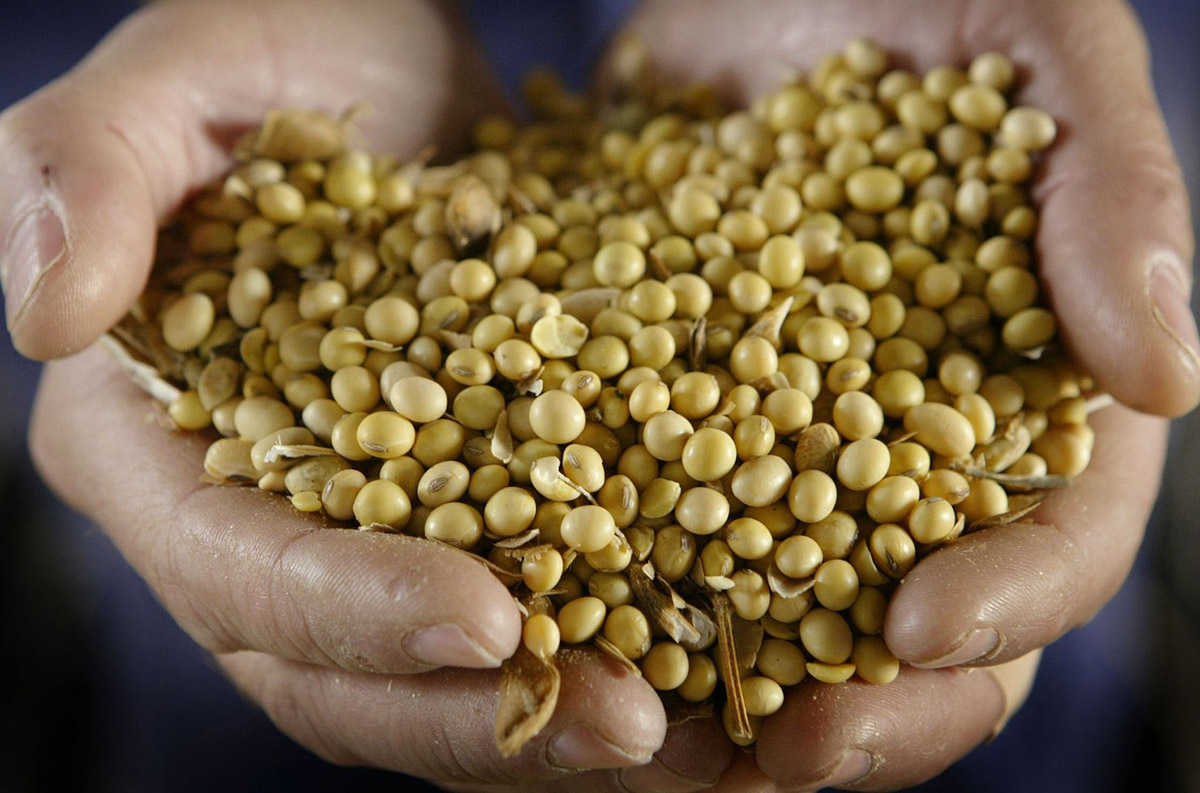
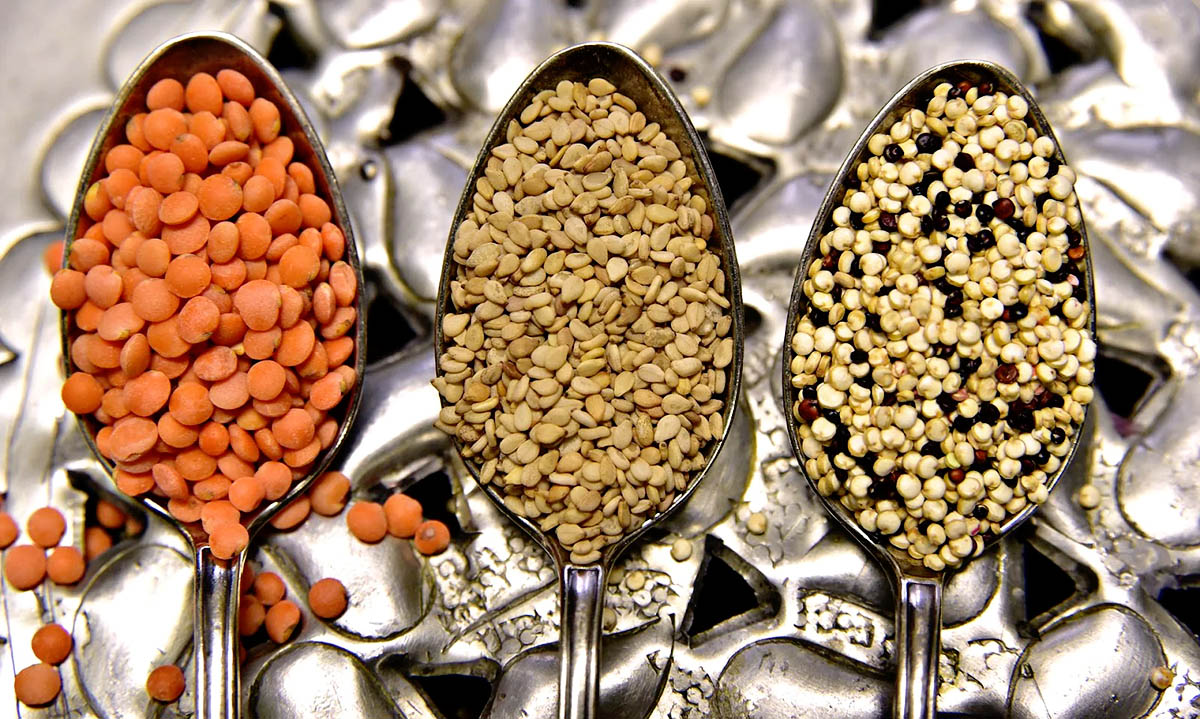
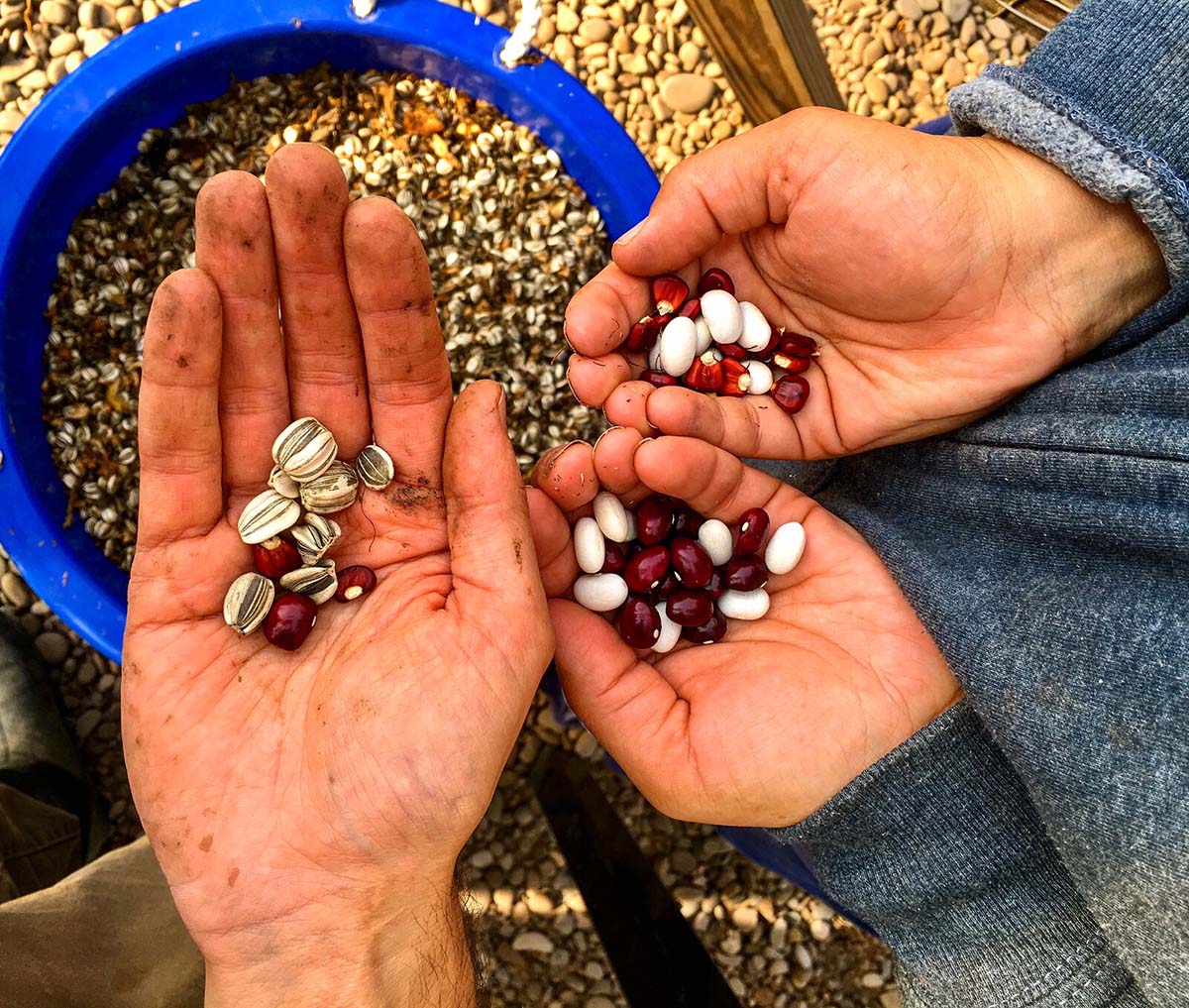

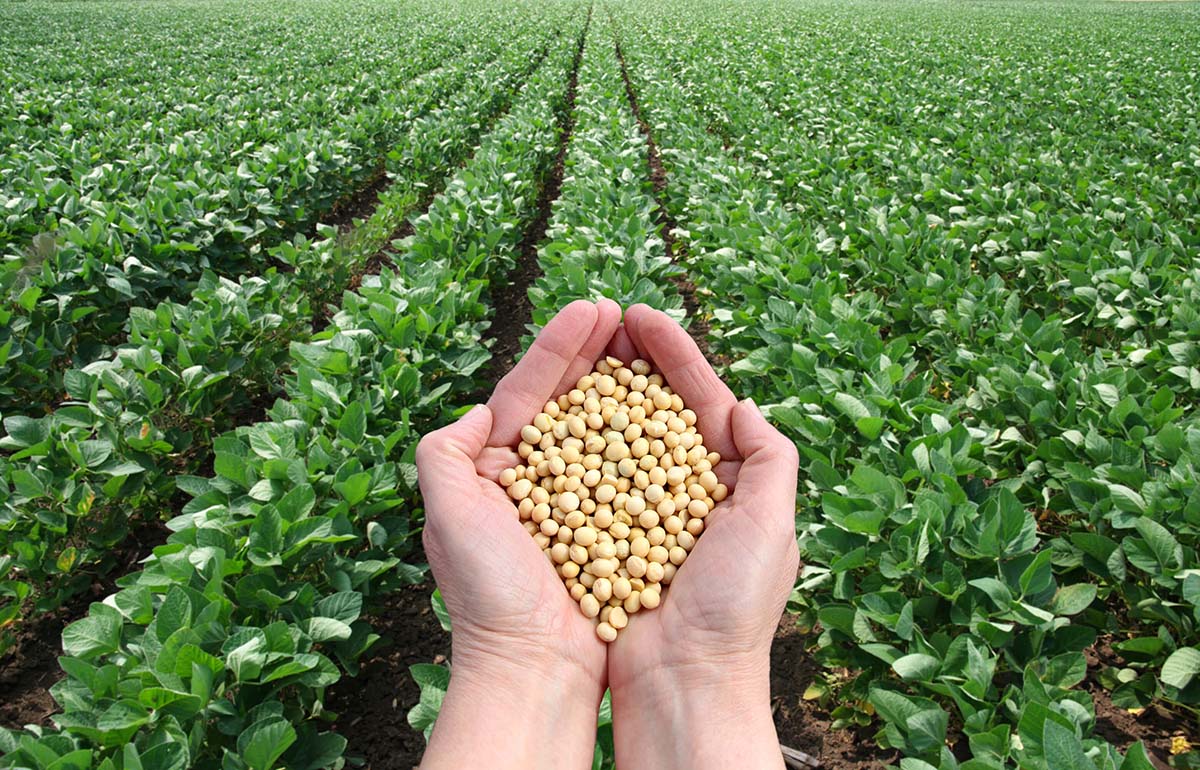
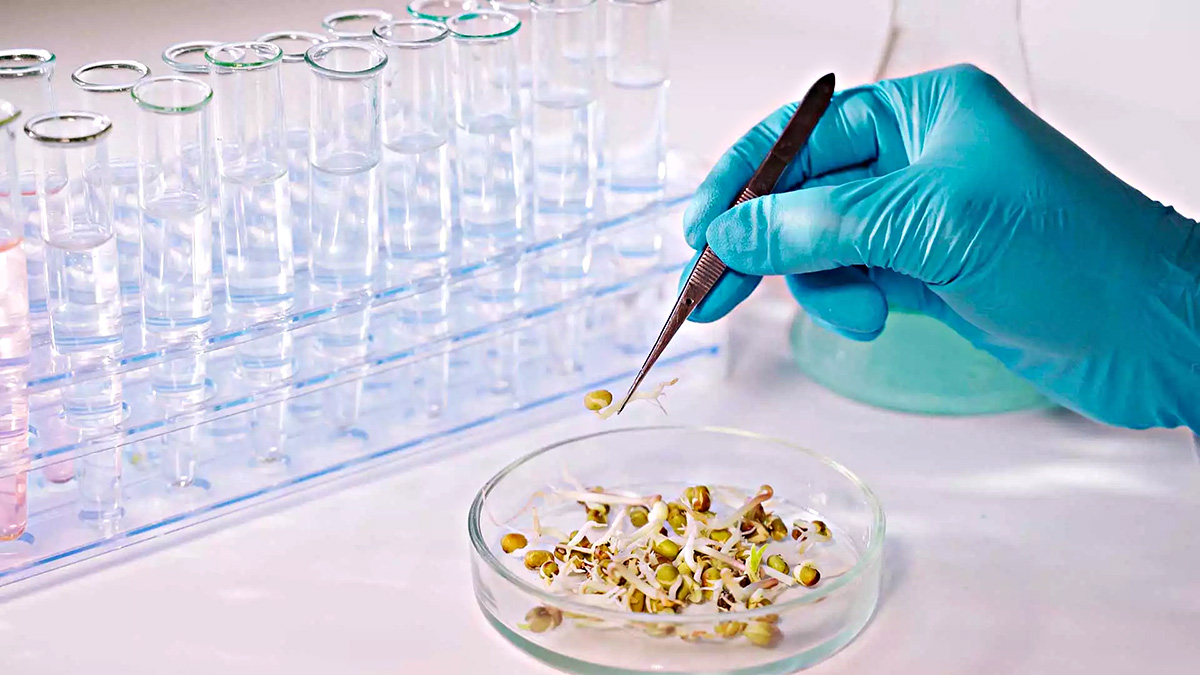
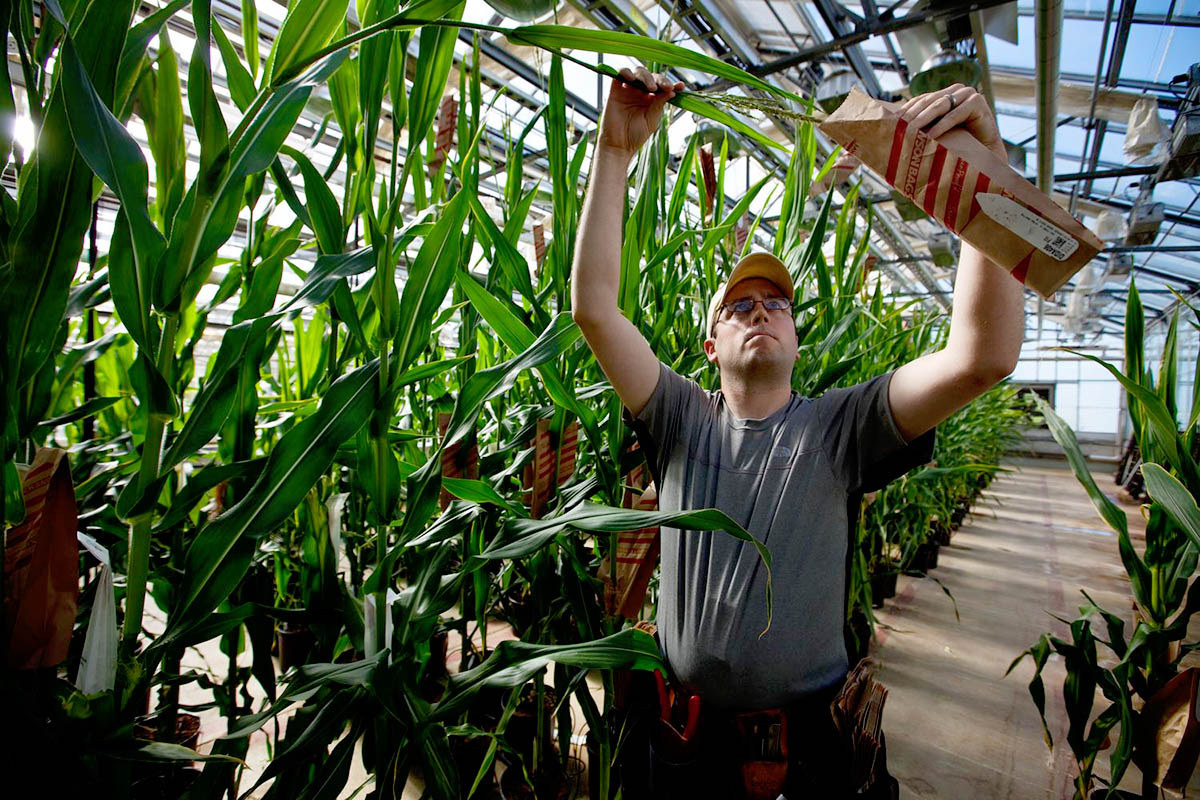

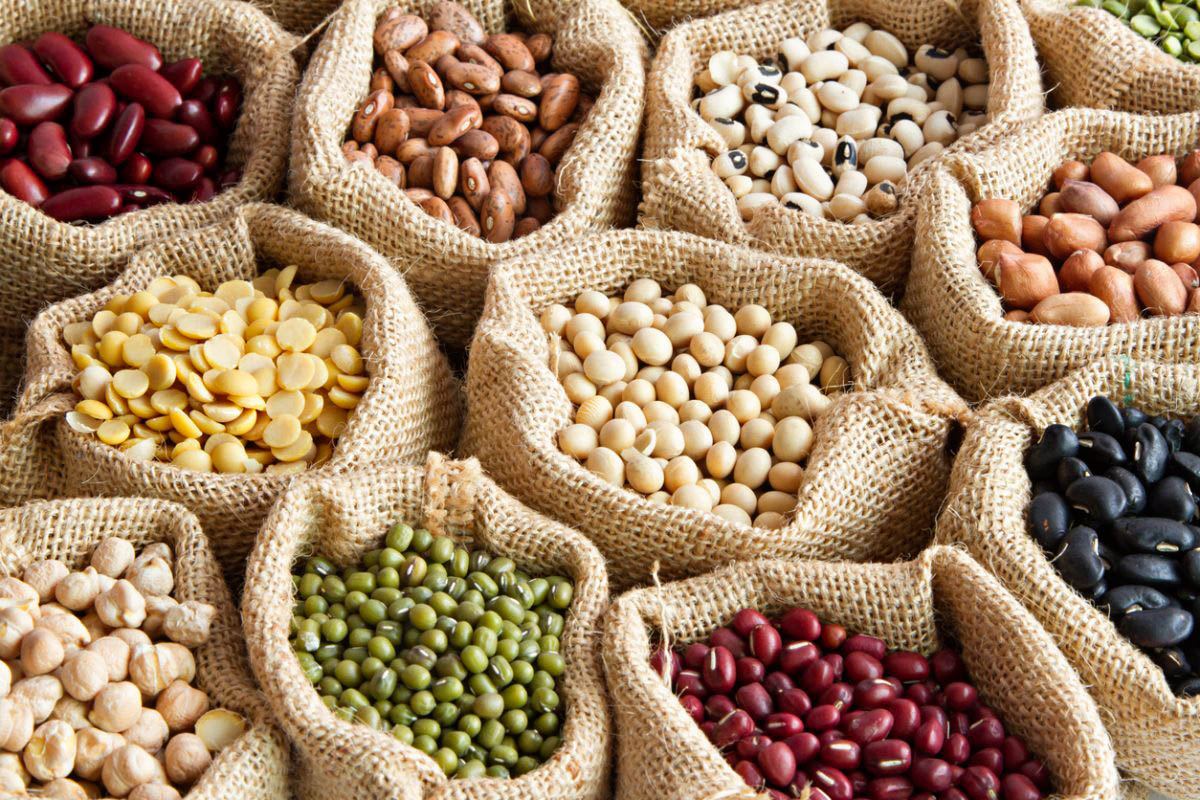
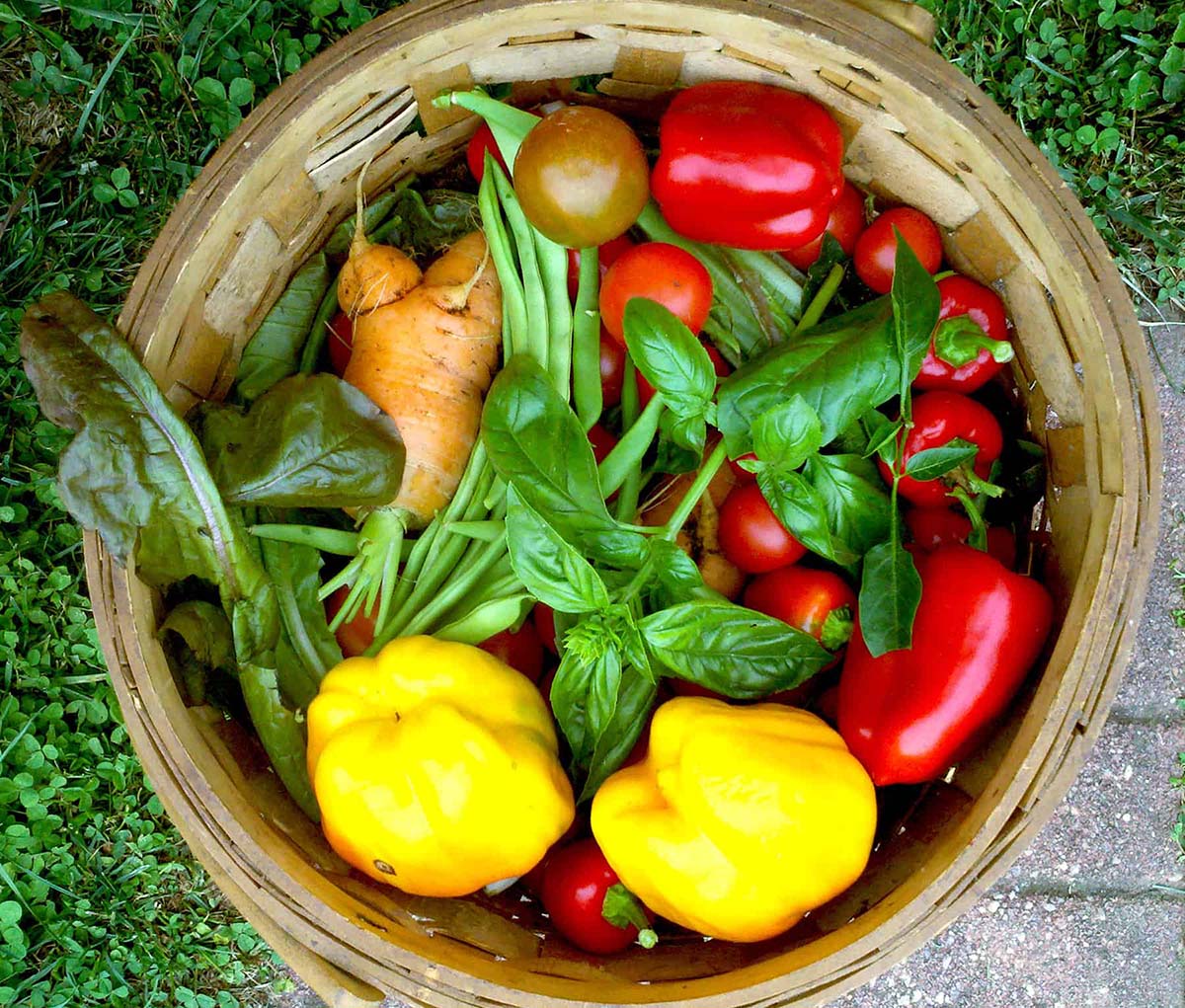

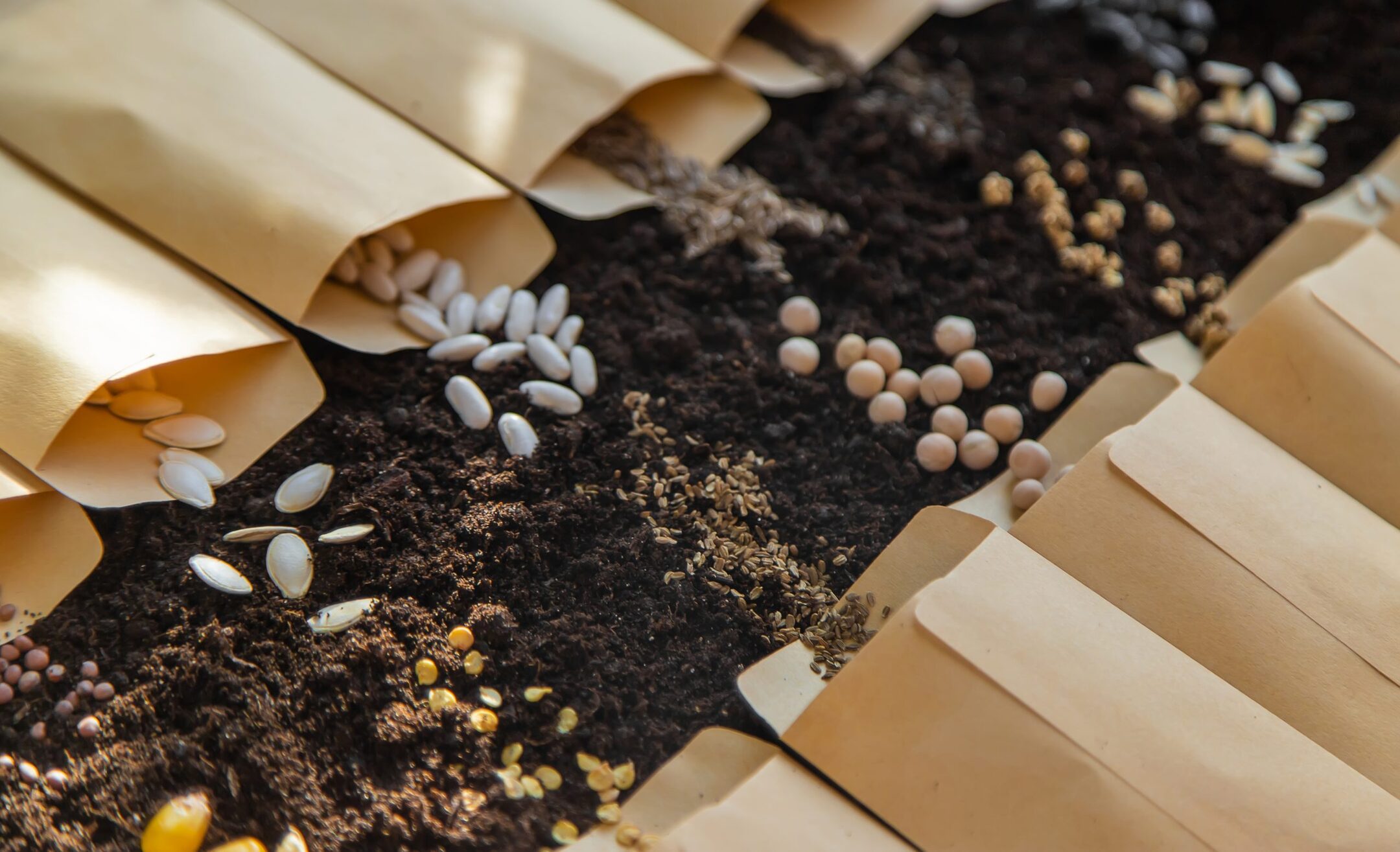

0 thoughts on “What Are GMO Seeds”